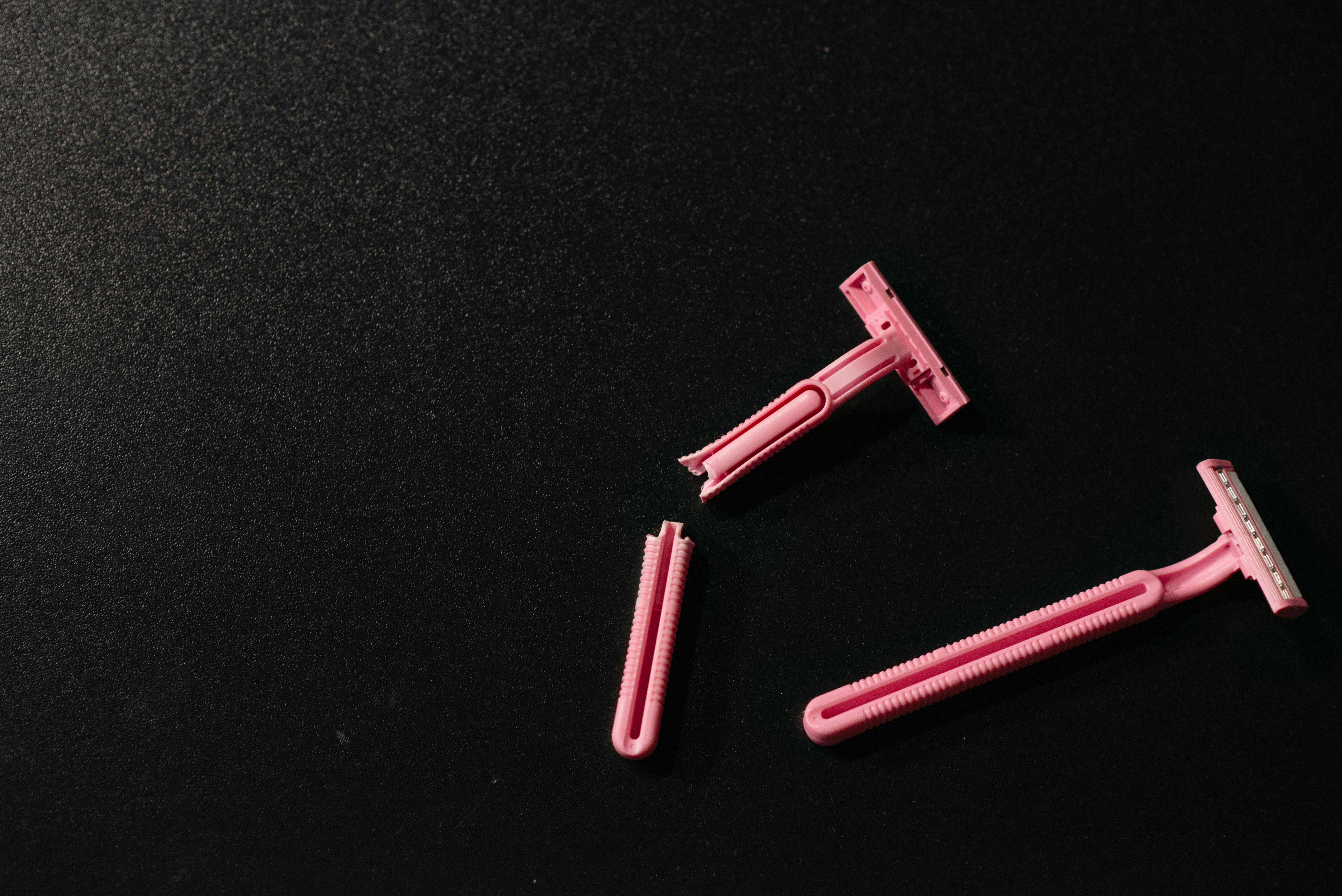
Plastic molded tanks: what kind of life expectancy do they have?
General Sizes of Rotationally Molded Polyethylene Tanks:
There are many sizes available for single wall vertical tanks, ranging from 5 gallons to 15,000 gallons, as well as hundreds of sizes for horizontal, rectangular and conical bottom configurations. Generally, there are two styles of double wall containment systems ranging in sizes from 15 to 10,500 gallons.
Polyethylene tanks are excellent for applications that store a wide variety of liquids up to 120 degrees F. Polyethylene tanks can withstand freezing temperatures, but temperatures above 120 F will start to soften the tank walls and bulge. Prolonged exposure to elevated temperatures could result in stress cracking. Tanks with fiberglass reinforcement in the walls can withstand higher temperatures.
Polyethylene tanks are also known as: polyethylene tanks | Plastic tanks | PE tanks
Life expectancy of plastic tanks:
There is no proven way to determine the life of a polyethylene tank. Many variables can have an effect on the tank, such as:
- Are there chemicals mixed in the tank?
- Do the chemicals react or mix in the tank?
- What is the temperature of the chemical?
- What is the weight of the chemical? Some chemicals are more aggressive to the tank than others, such as sodium hypochlorite and some surfactants.
- How many process accessories are installed in the tank and what size are the accessories?
- What other features or accessories are attached to the tank walls and are they properly supported?
- Is there mechanical agitation in the tank?
- Is there any external load or mechanical vibration on the tank or nozzles?
- Is the tank temporarily used in one place and then moved frequently? The more often a tank is moved, the more physical strain it is exposed to when lifting, loading and lashing it to a truck, etc. And this physical stress can also affect the integrity of the tank.
- Is the tank used indoors or outdoors?
- If the tank is outdoors, in what part of the country is it located? Tanks used outdoors in Arizona or Florida are subject to more intense sunlight than in Minnesota, for example. Although polyethylene resins used in chemical storage tank molding have UV inhibitors, UV rays will have a detrimental effect on the life of any polyethylene tank.
- Is the tank strictly used for stationary storage or transportation? Each of these factors will affect the life of the polyethylene tank.
Rotomolded plastic tanks have been in the market for almost 40 years. Therefore, we have gotten a good overview of what the half life of a rotationally molded polyethylene tank will be. This is just a general observation on average, due to many unknown factors unique to each application, as described above. Many applications are very “tank friendly” and therefore tanks have an unusually long service life. Other applications are especially demanding and, as a result, the tanks have a very short service life. We have seen tank failures in less than two years and we have seen others more than 20 years old.
Although it cannot be guaranteed how long a polyethylene tank will actually last, we know from experience that the average plastic storage tank will last between 10 and 20 years, depending on the type of chemicals in the tank and the environmental conditions in the tank. that are used. There are exceptions to this, such as 12-1 / 2% sodium hypochlorite, which generally causes tanks to age prematurely after only 5 to 7 years. This occurs in all HD linear polyethylene tanks, regardless of manufacturer (occurs more quickly in cross-linked polyethylene tanks) due to the chemical nature of sodium hypochlorite. Since each application has its own unique conditions, it is impossible to make a general statement about how long you can expect a tank to last in a given application, unless we know all the details of that particular application. Even then, the best anyone can reasonably offer is a general expectation, based on the information available. There have been cases where a tank was purchased for a specific chemical in a specific concentration and later the concentration was increased or the tank was redeployed for a completely different chemical and service condition. In these cases, we obviously cannot predict what effect these changes may have on the life of the tank.
General tank warranties:
There are standard warranties for tanks if used in approved applications. This type of warranty is 3 years for standard weight tanks and 5 years for heavy duty tanks. The warranty covers the repair or replacement of a tank that fails due to defects in materials and workmanship. Most tanks that fail due to a manufacturing defect will do so in the first few months after the tank is placed in service. If the tank survives beyond the warranty period, it will most likely last 10-15 years or more.
If a tank is several years old, how do you determine if it is still safe to use?
If a plastic tank begins to show its age, you will be able to see fine cracks or cracks called cracking. Look for cracks in the dome of a vertical tank in the area where the sunlight is strongest or around the nozzles on the side wall of the tank, especially where the mechanical loading of the piping and valves are connected. The top of a transport tank, which has been left in the open year-round, is also a good place to look. These fine cracks will become more intense and visible over time and will become stress cracks. Dropping a light into the tank can be helpful in visual examinations, because any stress cracks will be easier to detect with the internal light source in place. The resistance of a good tank will be obvious. A tank beyond its life expectancy will sound dull when hit and could rupture as a result. It’s better to check regularly and ahead of time to be safe rather than wasting valuable chemicals and incurring the expense of cleaning an unexamined tank that fails. Regular documented inspections (at least once a year) of tanks should be a normal part of your plant’s safety and maintenance program. When a tank shows signs of wear or is determined to be unsafe, it is best to replace it.





